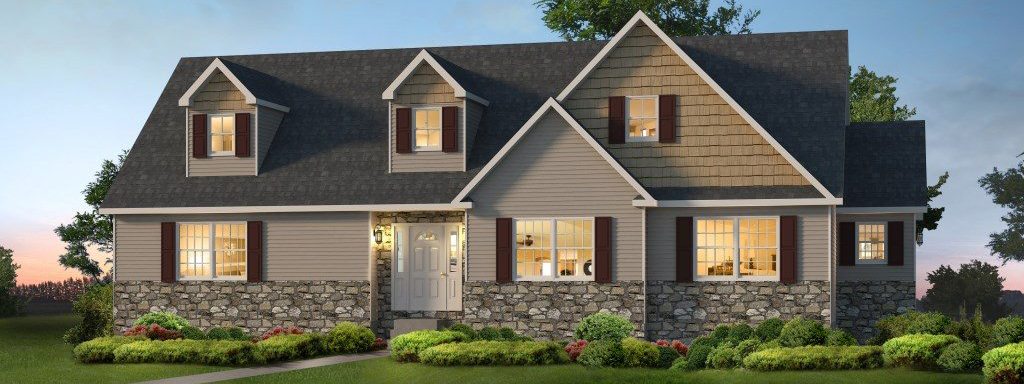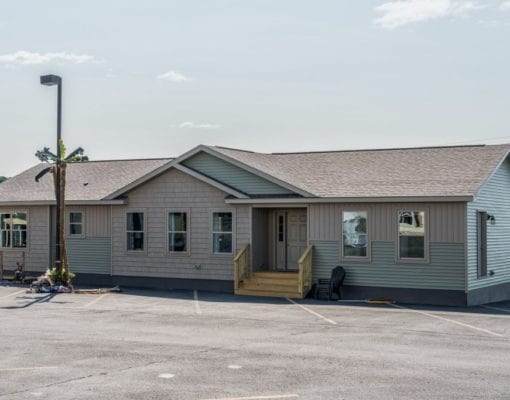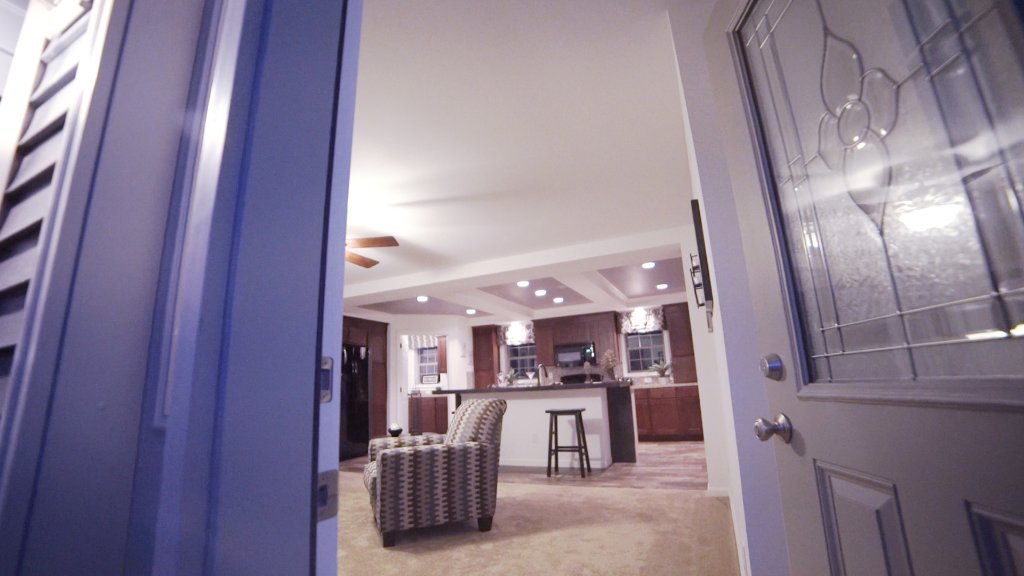What steps are there in building a modular home?

Preparation Period
The preparation period is where the bulk of your responsibilities take place. Before your home can be ordered, you will need to find a location to place the home, and obtain any necessary permits. Once your deposit is submitted on the home you’ve chosen, factory construction begins. While your home is being built, you will make preparations for the foundation to be built, utilities installed, and your home to be delivered.
It’s very important that you follow the site requirements closely so your home construction can move forward as seamlessly as possible. Your general contractor and home seller should walk you through this process.
Before You Choose a Location
Just as you consider a location with a site-built home, you need to be conscious that your personal needs and wants are taken care of when looking for the site of your modular home. Ask yourself important questions, such as:
- Is this location ideal for the commute to work/school?
- Do I like the neighborhood where the site is located?
- Am I comfortable in this environment where the site is located?
- Will both my family and I be able to grow at this location?
- Am I happy with the price of the location? Taxes?
Obtaining a Building Permit
Once you choose your perfect location, you will have to learn the building code requirements and obtain a building permit before construction can begin. These codes vary by state, county, town, and by street. Some questions that are addressed in building codes are:
- Is the location, in any way, environmentally protected?
- Are there any height and width requirements for the home in this location?
- Are there specific building materials that need used in this location?
- Is the land in your name? Or subdivided?
- Is the property correctly zoned for the building type? Residential, commercial?
Contact the township supervisor responsible for the area the location is in. He or she will inform you of the requirements to build on that location and you can begin submitting the necessary information to get the building permit. Much of this information is now on-line, depending on the township.
Once you know the requirements and have received the zoning permit from your township supervisor, the next step is to get approval from the code enforcement agency. The supervisor will give you the contact information, and you will need to submit the zoning permit with a building permit application. The code enforcement agency is responsible for ensuring your home is compliant with the 2009 IRC and will conduct and inspection of the site and home.
The following information is generally asked for on the drawing set you will submit to the agency:
- Floor plans
- Foundation plan
- Elevation
- Porch/Deck Plans
- Site Plans
- Garage Plans (elevations and selections)
You will also need to submit:
- Proof of Workers’ Compensation and Liability Insurance for your contractor.
- Site directions
- A signed zoning/land use permit

Perhaps one of the most important steps of site preparation before your home arrives is connecting the utilities correctly. First, know whether or not you need utility taps on that property. If you need these taps on the property, contact your local municipality and speak with the person in charge of installing new taps.
Next, you will need to discuss the septic system your new home will need to be attached. The following questions need to be answered:
- Is the property connected to the municipal sewage system?
- Does the property need a septic tank?
- Is there already a septic tank on the property?
- Do we have the space to install the septic tank?
If a septic tank needs installed, or if there is already a septic tank on the property, your general contractor will need to test the ground to see if the septic can be installed or if the current one is in good condition and can remain where it is. Keep in mind, the price for installing a septic system is not included in excavating costs.
You will need to answer the same questions about the water hookups. Unlike your septic system, however; if there is already a well on the property, the ground will not need to be tested again.
Heating, air conditioning, gas hookups and electricity are all installed once the home arrives on the property and is assembled. The heat and air conditioning will often be handled by the general contractor. It’s important, though, to discuss the installation of an attic ventilation fan or a full home ventilation system because new modular homes are built airtight so heating during cold weather can cause condensation inside the home. The gas and electric are typically left to you to manage. Contact your local utilities, open an account, and schedule a time and day for service to be installed before you move in.
- Prepare access to the building site
- Clear trees and other obstacles on the site
- Dig the foundation/crawlspace according to printed instructions
- Dig stone for basement and French drains
- Dig for utility lines
- Level the site within 1 foot
- Piping for runoff downspouts
- Backfill foundation after installation is complete.
There are a couple of other projects that can be completed by the excavator for an additional fee and should be discussed with your realtor.
- Finish the grade by spreading topsoil grading topsoil, and seeding it.
- Landscaping
- Driveway installation
Crawlspaces & Basements
Once you choose a home, you have the option of adding a basement or crawlspace to provide extra storage and room in the home. The UCC has specific guidelines that need to be followed when constructing a crawlspace or a basement. It’s important that your basement or crawlspace be built to the exact dimensions and diagonals provided. This guarantees as smooth of an installation process as possible.
Homes can be built on a foundation or crawlspace several different ways depending upon how you ordered your home. For instance, if you bought your home with the standard, recessed frame, your general contractor will need to place beams in the wall of the foundation as well as jack posts. Your general contractors and modular home seller should provide you with the print and local code requirement before construction begins.
Delivering Your New Home
Once your deposit is received and your dealer/builder has received the building permit information, your home will begin being built in the factory. The time to build a modular home takes about 4 to 6 weeks from the day your home is ordered, but could vary depending on additional features, bad weather (for traveling purposes,) etc.
Once your foundation, sewage, and water is installed on the site, your dealer/builder will schedule a time and day for delivery.
It’s important to know that you are in charge of making sure that the driver has appropriate access to the site. For instance, the site must be as level as possible and with enough width that the home can pass through. Be aware of any bridges, construction or other obstacles that the truck and your home may need to detour from. Keep in mind, overhead clearance for trees and bridges should be about 15’ to be safe.
Crane Requirements for Home Set-Up
Modular homes are almost always installed via crane. There are a few technical requirements you will need to be responsible for before the crane can begin installing your home.
- Firm ground to support crane, home, and delivery truck (crane pad)
- Crane pad within 2 to 3 feet of the well
- Crane pad must be a 40’ x 50’ area.

As you can see, there is a lot that goes into the installation of a modular home, but you aren’t alone along the way. Your modular home dealer should be experienced in the process and walk you through every step.
Final Inspection
Before you can move into your new home, one final inspection is required.
Once your home is on the foundation, assembly is completed, all the utilities are hooked up, the building inspector will perform a final inspection to ensure the house is structurally sound and meets the local building codes.
After the final inspection, you will be issued a certificate of occupancy, any and all temporary tags will be removed and you will be allowed to move in to enjoy your new home.


